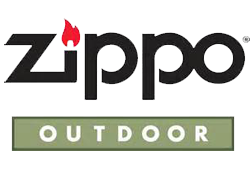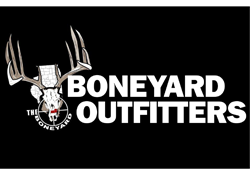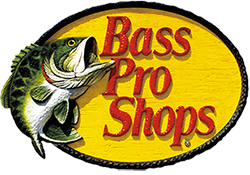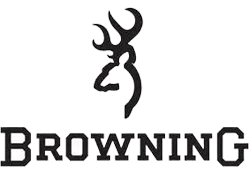TURKEY SUCCESS IS ALL ABOUT THE SETUP
A thundering gobble broke the pre-dawn silence. “They’re close,” I whispered “They’re real close.” I let out another owl call, and was answered by three gobbles as we stared into to darkness trying to pinpoint their location. I was hunting with my son, Kyle on the second day of the Illinois Youth Wild Turkey Season. It also happened to be Easter Sunday. But bunnies and easter eggs were the

furthest things from our minds.
The day before, we had set up and called three beautiful toms within 35 yards of our blind, but the birds hung up on a row of briars and wouldn’t come any closer. We could see them strutting back and forth on the far side of the briar row, but that was as close as they would come. After an hour of my most seductive calling and persuasion, the birds finally moved off in another direction— prooving that the setup is one of the most important success factors in hunting wild turkeys.
Turkey hunting is tough, and there is little margin for error. When setting up on roosting birds in the morning, follow these steps to increase the odds of putting a bird on the ground.
• Get close. Try to set up as close to the roosting birds without giving away your location. We usually sneak in early, at least an hour before it gets light, and set up our blind and decoys.
• Know what lies between you and the roosted birds. It’s important to make sure there are no obstacles that might impede the birds approach. Creeks, fences, and as in the previous example, a briar patch or thick cover can cause the birds to “hang up”. Once turkeys get on the ground and start strutting, they tend to take the path of least resistance throughout their daily routine, so make it easy for them to get to you.
• Get in their way. Try to get between the roosted birds, and where they may be going once they get on the ground. Sounds easy, but some pre season scouting can help you identify good strut zones. There is a good chance that’s where they will be headed after fly down.
• Make sure you have clear shooting lanes. Turkeys are constantly moving, so it’s important that you be patient and wait for a good shot. Again, easier said than done. so it helps to have plenty of openings so when the big boy puts his head up, you’re ready to take it off.
Back to the hunt. The treed toms continued to announce the coming Easter sunrise in a symphony of gobbling, with a few hens singing backup. But we didn’t make the same mistake as the previous day. We set our blind closer to the roosted birds, and without a row of briars between us.
After they flew down, the gobbling started to get softer- the birds were moving away. As I started in with both my mouth call and slate call, the birds responded with an explosion of gobbles. “They’re coming, get ready,” I told my son. As he trembled with excitement we could see them slowly working through the timber towards our blind, all fanned out and strutting for their new prospective friends. A combination of clucks and yelps worked the 3 toms into a gobbling frenzy. “Kyle, they’re in range, take the shot when you’re ready.” I didn’t have to tell him twice. Boooom! The woods reverberated in an echo of 20 gauge aftershock and the beating of wings. “I got him!” Kyle yelled as he jumped out of the blind and made the 23-yard dash to his downed tom.
By pinpointing the roosting birds and knowing the natural obstacles, we ended the successful hunt at 6:48 am of the second day. We still made it to Grandma’s house for ham, and squeezed in some bluegill fishing to boot. Not a bad way to spend Easter Sunday.



















